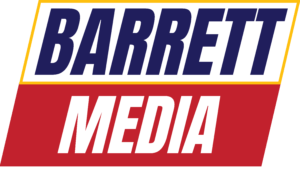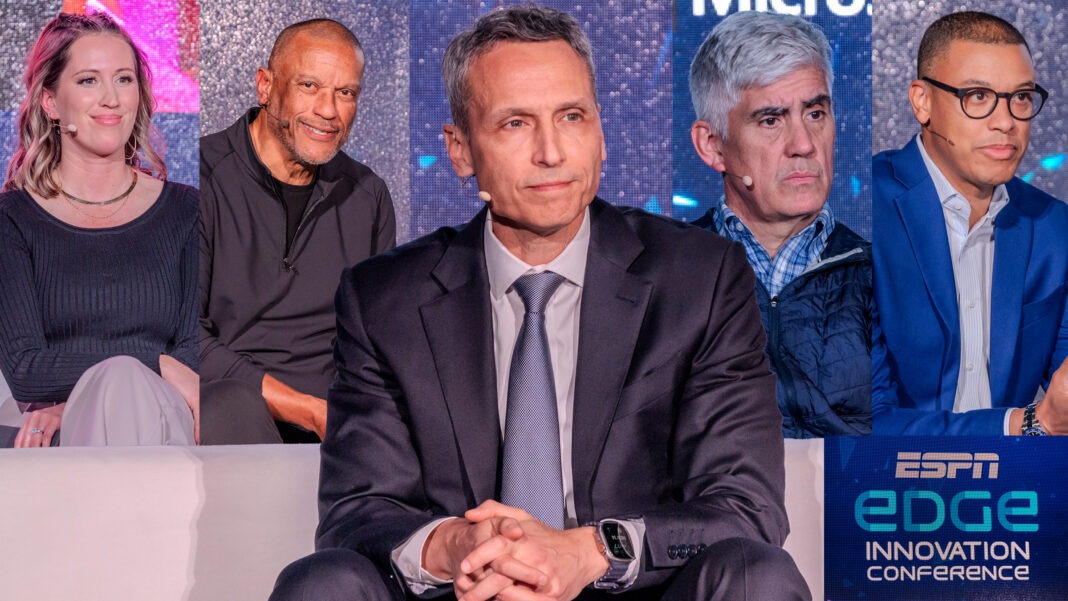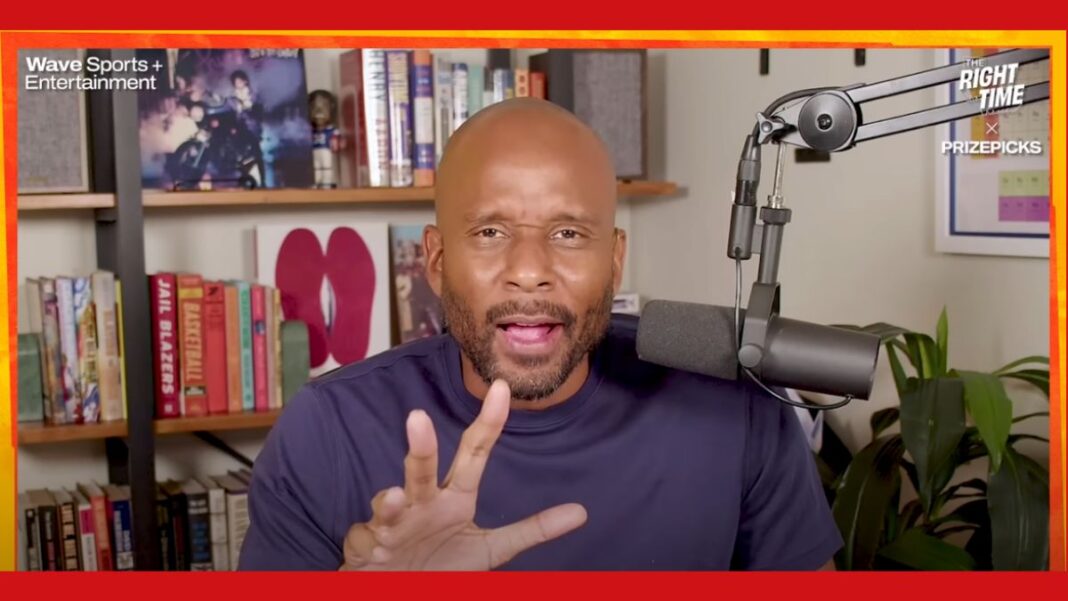Barrett Media produces daily content on the music, news, and sports media industries. To stay updated, sign up for our newsletters and get the latest information delivered straight to your inbox.
As ESPN embarks on a new fiscal year, the sports media company will seek to execute key developments in its multiplatform content and distribution strategy, part of which will be powered by leveraging enhancements in technology and driving innovation. In a quest to keep serving the sports fan anytime and anywhere, it has developed broadcasting initiatives realized on linear television, web-based platforms and digital media outlets. The ESPN Edge Innovation Conference, which showcases the previous and forthcoming work of the company and its innovation partners, exhibits a shared commitment to ideate and establish groundbreaking applications of significant advancements, such as artificial intelligence, large language models and virtual reality, redefining traditional industry paradigms.
The conference marked the second in-person convocation of leaders in media and technology and featured immersive exhibits and experiences for attendees. Jimmy Pitaro, chairman of ESPN, took the stage from Pier 17 at South Street Seaport just hours after The Walt Disney Company reported its fourth quarter earnings. For the most recent fiscal quarter, Disney’s sports segment generated $3.86 billion in revenue, a 1% year-over-year rise, and the conglomerate reported 25.5 million subscribers to ESPN+. Furthermore, Disney divulged that an ESPN direct-to-consumer product, currently known as Flagship, remains on track to launch next fall. Pitaro explained that the conglomerate will unveil the platform with elements of interactivity and more personalization and customization.
“We are going to do so with significant product enhancements, and so we have a team of world-class engineers and product people that are working on this every single day, and I’m meeting with them almost every single day,” Pitaro said. “This is one of my passion areas is ‘product,’ and I don’t think I’ve ever been more excited than anything I’ve been attached to or worked on, primarily because I’m a sports fan, and everything I’m seeing from the team is resonating with me as a sports fan.”
ESPN+ helped streaming verticals within The Walt Disney Company finish the third quarter in the green for the first time, momentum that continued in the ensuing three months to $321 million in segment operating income. Pitaro is proud of how the OTT streaming service has performed, along with some of the alternate broadcasts it presents under its existing media rights deals. The enterprise recently inked a new 11-year contract with the National Basketball Association set to commence next season, along with a new six-year deal to continue presenting games within the College Football Playoff, properties where it has experimented with secondary presentations.
A new animated broadcast featuring The Simpsons will air on Monday, Dec. 9 through Disney+ and ESPN+ when the Cincinnati Bengals face the Dallas Cowboys, utilizing the Disney portfolio of assets to create a unique event. Combined with the success of its traditional game telecasts and studio programming, Pitaro is optimistic that the company is ready to reveal Flagship to its customer base and enhance the aggregate user experience.
“We are well set up now for Flagship,” Pitaro said. “If you look at what you really need for Flagship to be successful, you need the content – we’re good. You need the product – we’re good. And we need the enhancements to the product. Again, ESPN+ is the foundation.”
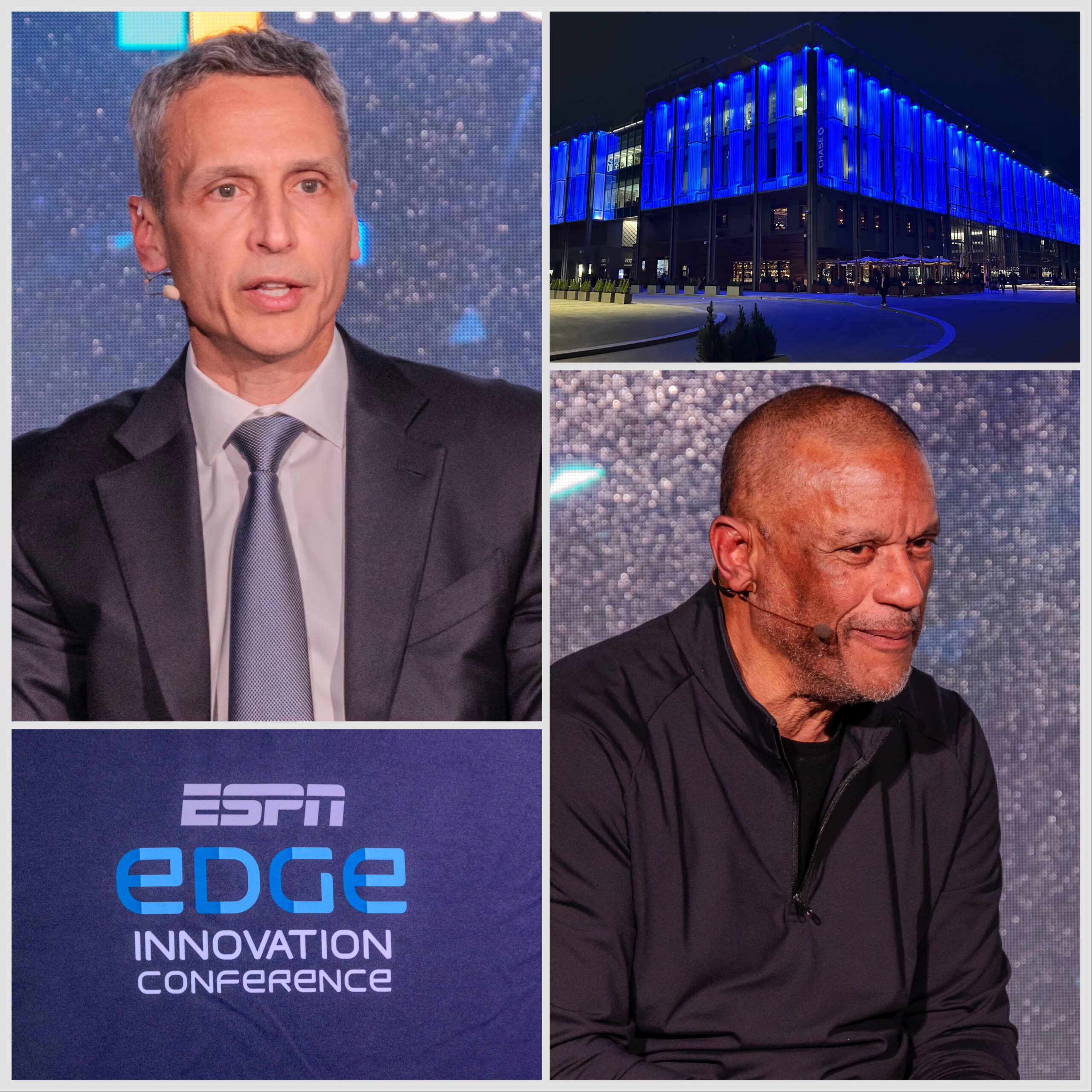
Some of these enhancements are actualized through innovation partnerships with companies such as Accenture, Microsoft and Meta, all of whom signed multiyear extensions to keep working with ESPN. The organization is in the midst of working with Accenture on research and development testing for a generative AI avatar that will convey data and insights on SEC Nation. Microsoft has created AI-powered close captioning on programming and could create an AI operating system through adding semantic kernels to workflows.
Meta also revealed an ESPN Tailgate headset environment will be available in December, a sports playground featuring minigames and a unique First Take-branded experience. Kevin Lopes, vice president of sports business development and innovation at ESPN, understands the benefits of these partnerships and how it ultimately helps all parties involved.
“We are in the partnership business, whether it’s sports rights or media rights, and we have a world-class technology organization that’s incredible,” Lopes said, “but it’s also smart for us to partner with leading third parties and accelerate our growth and accelerate our ability to serve sports fans.”
The Simpsons broadcast will utilize key characters from the show and blend them into a distinctive game presentation. Mike McQuade, who was named executive vice president of sports production under a recent restructuring of ESPN’s content organization, elucidated the history of alternate broadcasts and emphasized that the ManningCast has set a standard for what they can be. At the same time, this broadcast will coincide with the traditional Monday Night Football presentation; however, it will display parts of The Simpsons broadcast as a means of cross-platform promotion. ESPN equipped this system for its Big City Greens animated hockey broadcast this past March.
“[Earlier this year], what we would do is we could back out of break and show how the goal was scored on Big City Greens,” McQuade said, referencing the approach on the traditional telecast, “and we’ll do the same sort of thing on this as well.”
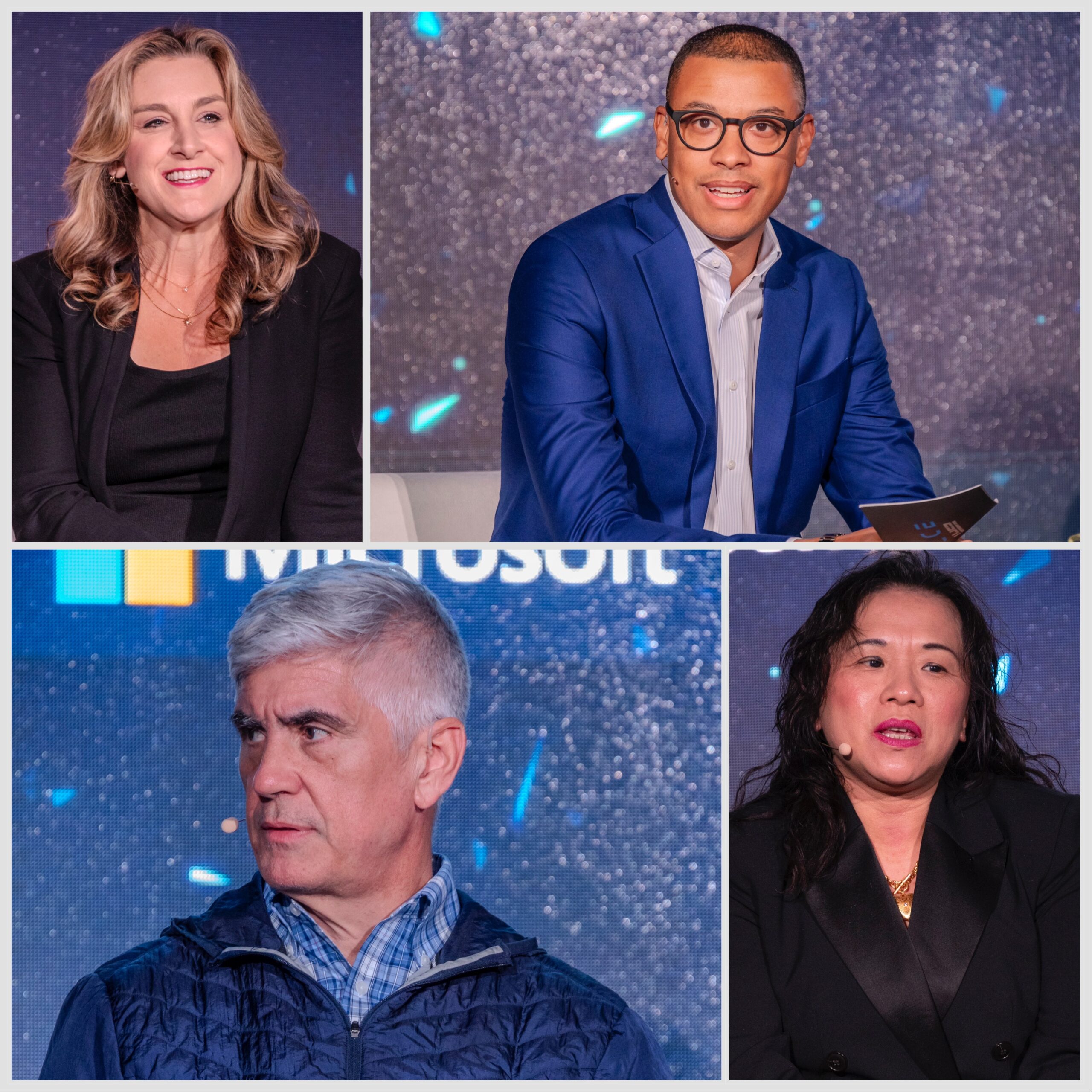
Recent insights measured by the company’s strategy team conveyed that people ages 18 to 34 view ESPN as a digital-first brand. Pitaro has communicated that ESPN has sought to establish itself amid these platforms and that leaders at the company take pride in the clear understanding of priorities among employees across the country. In fact, he correlates this perception towards digital media towards being associated with innovation, leading to more engagement within the product domain.
Yet as ESPN moves forward with its plans to remain accessible to consumers, Pitaro and his team know they cannot yield to inertia or complacency. Innovation continues with efforts to implement artificial intelligence in select processes, evoking transparency while retaining a core built on humanity. For example, a partnership with WSC Sports enables ESPN to generate highlights based on customized queries to streamline its processes and resources. The AI platform has worked with ESPN for close to five years and plans to expand its capabilities to include text-to-video functions and other game elements.
“What I said was that there are ways for us as an enterprise to really benefit from AI, and don’t get me wrong, AI is disruptive,” Pitaro said, “but to your point, I see it as disruptive in a good way, kind of pushing the sports fan experience forward. I do not see this as displacing jobs.”
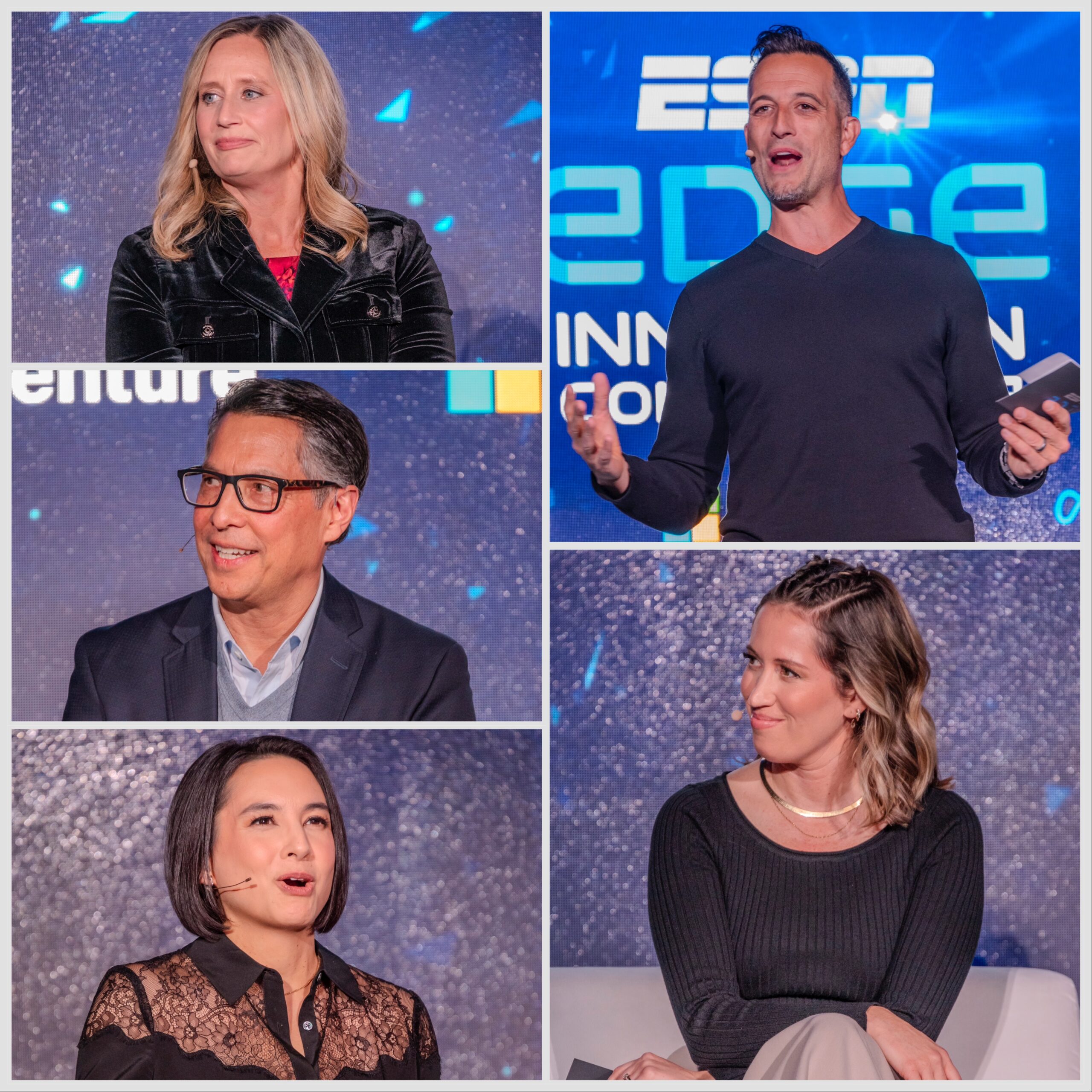
ESPN Digital has finished first in the U.S. sports category for 31 consecutive months, reaching 122.3 million unique fans this past September and generating 686 million engagements on social media. The company is the most-followed brand on TikTok and has assembled rosters of users for its Creator Network, which will be returning in its third iteration next year. Kaitee Daley, who was named the senior vice president of digital, social and streaming content as part of the content organization restructuring at ESPN, revealed the news while speaking at the conference. Daley also expressed that these platforms can help drive viewership of events on linear and streaming platforms, contributing to overall audience expansion.
“We know that following ESPN on one social platform only lifts usage intent, especially for our 18 to 24-year-old demo, so I would say it’s more about that top-of-funnel awareness and that lifting of usage intent when it comes to off platform to on platform,” Daley explained. “But I’ll also say that our ESPN app has [an] incredible streaming experience, and we do want people to be there watching our full games when we have those available, especially come next fall.”
In reflecting on his tenure at ESPN, Pitaro cannot pinpoint one initiative or venture for which he is most proud. The ESPN Edge program, however, is at the top of his list, and he does not take the ability to partner with corporations for granted. Deriving new ideas and prognosticating future developments has helped ESPN carry out its mission statement powered not only by technology, but through the imagination, passion and persistence that fuels its auspicious path forward. With Flagship rapidly approaching, the company is not leaving cable distribution in the rearview mirror but simply adding a new passenger along the way, broadening its foundation amid the modern media ecosystem and promising an even brighter tomorrow through productive collaborations.
“We love to partner at ESPN,” Pitaro said. “If you look at how we operate, a lot of our business is dependent on partnership, meaning partnerships with the leagues, the college conferences, but it extends beyond content. It extends to technology…. We know that we can’t do it all. We definitely cannot, and so we are very much excited about partnering with the folks in this room to create that next gen sports experience.”
Derek Futterman is an associate editor and sports media reporter for Barrett Media. Additionally, he has worked in a broad array of roles in multimedia production – including on live game broadcasts and audiovisual platforms – and in digital content development and management. He previously interned for Paramount within Showtime Networks, wrote for the Long Island Herald and served as lead sports producer at NY2C. To get in touch, email Derek@BarrettMedia.com or find him on X @derekfutterman.


